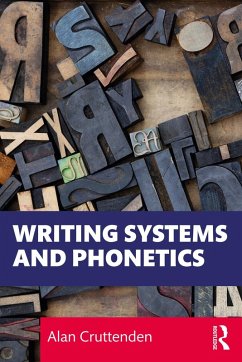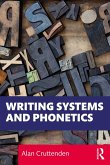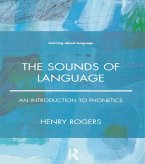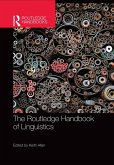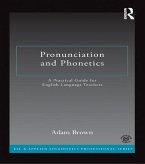- the use of the Latin alphabet in and beyond Europe;
- writing systems of the eastern Mediterranean, Greek and its Cyrillic offshoot, Arabic and Hebrew;
- languages in south and south-east Asia, including Hindi, Tamil, Burmese and Thai, as well as in east Asia, including Chinese, Japanese and Korean;
- reflections on ancient languages such as Sumerian, Egyptian, Linear B and Mayan;
- a final chapter which sets out a typology of writing systems.
All of the languages covered are contextualised by authentic illustrations, including road signs, personal names and tables, to demonstrate how theoretical research can be applied to the real world.
Taking a unique geographical focus that guides the reader on a journey across time and continents, this book offers an engaging introduction for students approaching for the first time the phonetics of writing systems, their typology and the origins of scripts.
Dieser Download kann aus rechtlichen Gründen nur mit Rechnungsadresse in A, B, BG, CY, CZ, D, DK, EW, E, FIN, F, GR, HR, H, IRL, I, LT, L, LR, M, NL, PL, P, R, S, SLO, SK ausgeliefert werden.
Professor Wolfgang De Melo, University of Oxford
The difference between language and script is one that is quite hard to explain to students, at least initially. This attractive book navigates the complexities in a way which is to be expected from a scholar of Professor Cruttenden's standing. It begins by exploring English spelling in relation to historical changes in pronunciation and uses the lessons learned to explain similar problems and how they are solved in other European and beyond, engaging fully with such writing systems as those of Arabic, Chinese and even ancient Egyptian. It will be essential reading for students of Linguistics.
Professor John Healey, University of Manchester

